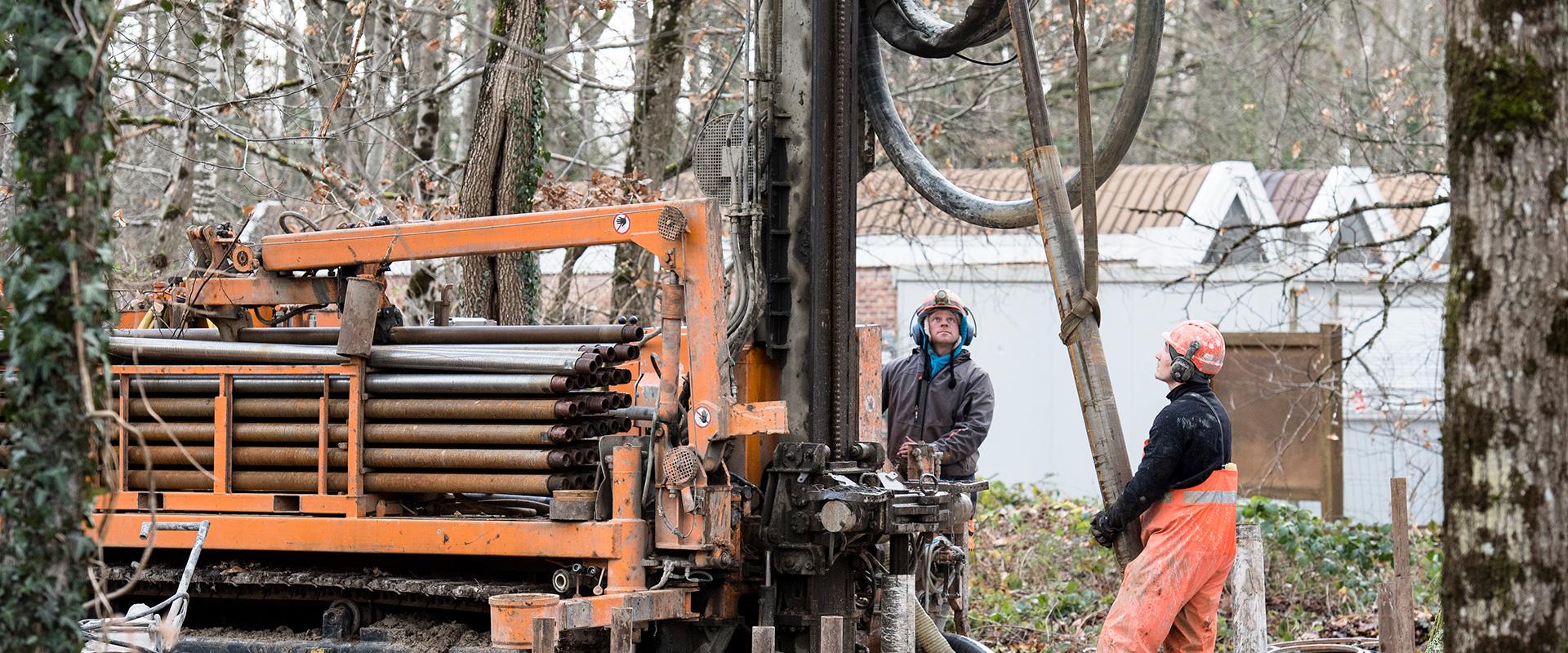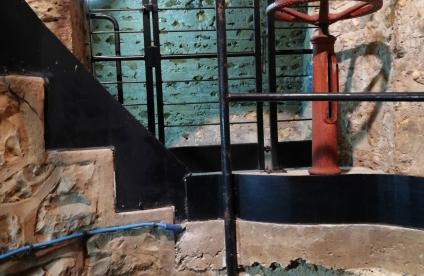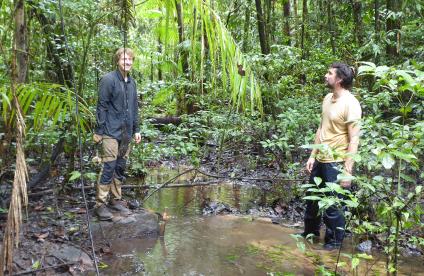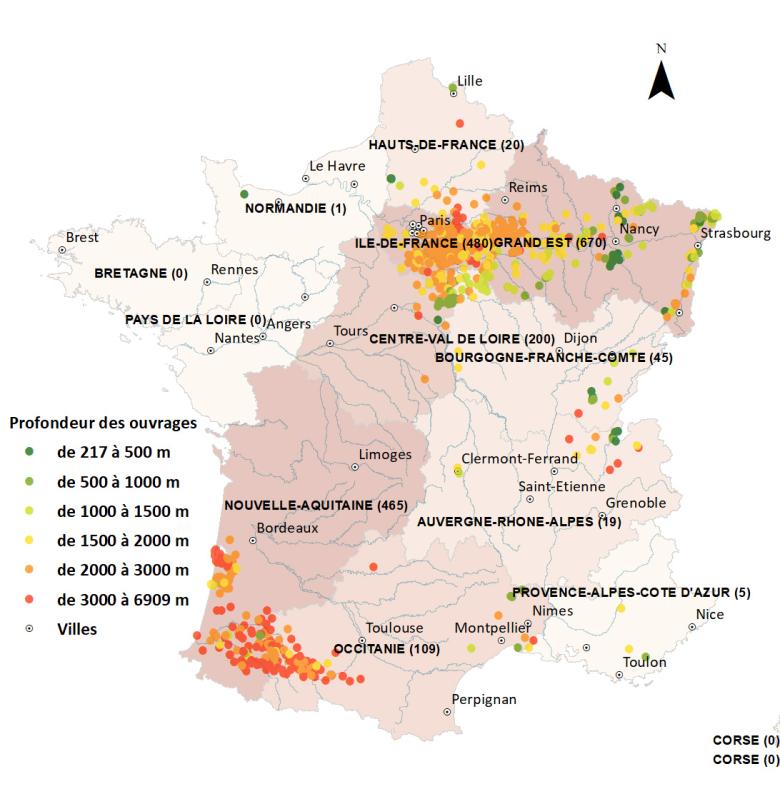
Map of the distribution of potentially reconvertible boreholes by region and depth classes, carried out for the PETROVAL project.
© ADEME-BRGM
The need
In metropolitan France, hydrocarbon prospecting has been carried out in the two major basins of Paris and Aquitaine, as well as in the sedimentary structures of the southeast (Languedoc-Roussillon and Provence), Auvergne (Limagne), the Rhône corridor and the Rhine Rift valley. Just over 12,000 oil wells have been identified in France. The planned end of hydrocarbon exploration and exploitation in France (Act No.2017-1839) introduces the obligation for concession holders to study the possibilities of conversion for a different use (notably geothermal) of their oil wells five years before the expiry of the concession. The issues surrounding the conversion of oil wells are mainly environmental and economic.
The results
The project produced the first inventory of oil drilling in France (geographical situation, depth reached, oil target, current status of the structures, aquifers crossed, etc.) and studied their potential for conversion into an open or closed loop geothermal exchanger. A first filter was applied to all oil wells to select only the 2,014 most recent wells drilled after 1970, which had reached a depth of more than 200 m due to the intended use (low or high temperature geothermal energy), that had sufficient diameters (which excluded exploratory boreholes) and had at least one document showing how the well was initially drilled (completion report, geological section diagram, etc.). The drilling database was then completed with the following information:
- open loops: the number of potential aquifers crossed and their available characteristics (roof depth and wall thickness, useful or total thickness, temperature, transmissivity). 1,749 boreholes cross at least one aquifer, of which 1,252 are located in the Paris basin, 449 in the Aquitaine basin and 34 in the Rhine Rift. It should be noted that of the 1,749 boreholes that have crossed at least one aquifer, 634 are still being exploited, while the others have been definitively or temporarily closed;
- closed loops: an estimate of the annual extractable energy using a model developed in MATLAB®, which takes into account the heat exchange between the inner wellbore, the annulus and the casing. 12 scenarios corresponding to 4 drilling diameters and 3 thermal conductivity values of the central tube were simulated. In order to maximize the amount of heat supplied by the heat pump, three variables were optimized: the depth to which the borehole was encased, the amount of heat supplied by the heat pump per metre of borehole encased, and the proportion of domestic hot water (in the need) covered by the heat pump.
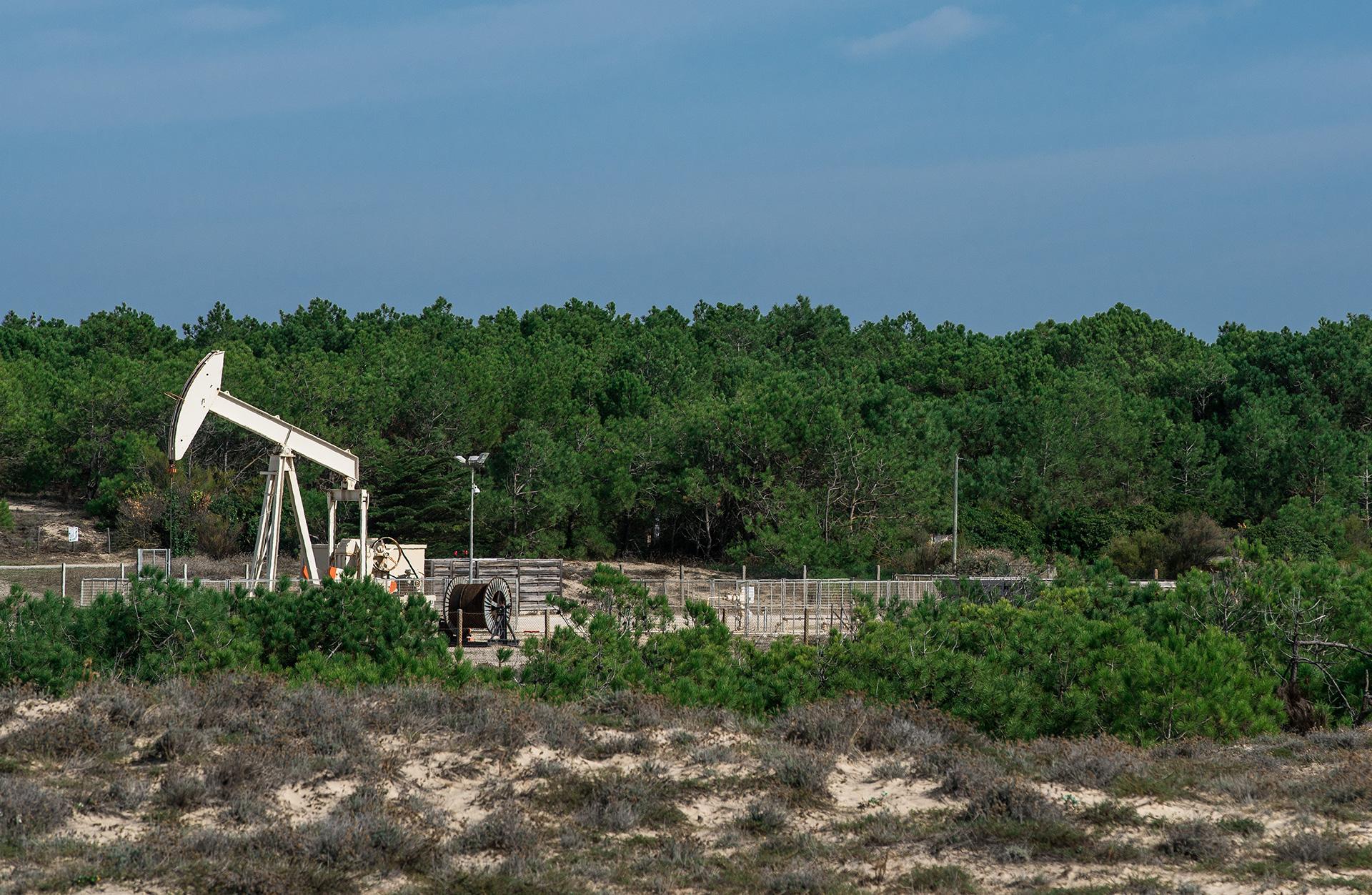
The work carried out by BRGM as part of PETROVAL added value that made it possible to identify some 2,000 former oil wells. We now have a clearer picture of these wells (number, geographical distribution, depths, etc.). And we have just entrusted BRGM with the Valor project, which, for an additional year, will allow us to study, for example, the technical and economic feasibility of converting five or six of these structures.
Using the results
Following this initial overview, the project will continue in 2019 and 2020 with a technical and economic pre-feasibility study on a few targeted boreholes in the three main basins (Paris Basin, Aquitaine Basin and Rhine Rift). The structures will be chosen in consultation with the DREALs, the regional ADEMEs, the local authorities concerned and the industrialists whose wells, which will soon be at the end of their life, offer a possibility of conversion.
The partners
- ADEME

